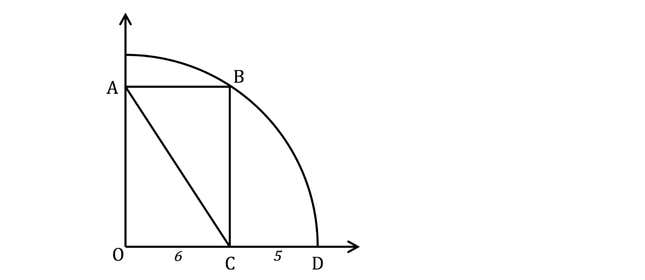Optical illusions and puzzles share overlapping vibes. Mental trickery, ‘aha’ moments, cross-eyed frustration. Did you know that the Neural Correlate Society holds an annual contest for the Best Illusion of the Year? This year’s winner created a LEGO model of Harry Potter’s Platform 9 ¾, complete with a seemingly permeable brick wall:
[embedded content]
Advertisement
This neat mirror demonstration also stands out among recent finalists. This week’s puzzles have an illusory nature to them. I’ll explain what I mean in the solution write-up next Monday.
Advertisement
Did you miss last week’s puzzle? Check it out here, and find its solution at the bottom of today’s article. Be careful not to read too far ahead if you haven’t solved last week’s yet!
Advertisement
Puzzle #19: Mental Illusions
1. 100 ants fall onto a meter stick at the same time at random locations. Each ant begins walking toward the left or the right end of the stick at random, at a speed of one meter per minute. Ants continue on their chosen course, but any time two ants collide, they both immediately reverse directions and continue walking the opposite way at the same speed. What is the longest amount of time it could take before all of the ants have walked off the end of the stick?
Advertisement
2. A rectangle is inscribed inside a quarter of a circle that is centered at O. Find the length of the rectangle’s diagonal AC.

Advertisement
I’ll be back next week with the solutions and a new puzzle. Do you know a cool puzzle that I should cover here? Message me on Twitter @JackPMurtagh or email me at gizmodopuzzle@gmail.com
Solution to Puzzle #18: The Long Hall
Did last week’s finance job interview question give you a run for your money?
The perfect squares (1, 4, 9, 16, 25, 36, 49, 64, 81, and 100) are the only doors that will be open at the end. Shout-out to riddler88 for deducing the reason.
Advertisement
To see why, recall the definition of a divisor from your early days in math class. The divisors of a number are the numbers that divide it evenly with no remainder. So for example, the divisors of 12 are: 1, 2, 3, 4, 6, and 12. Notice that each door gets toggled during the rounds that correspond to its divisors (e.g. when the 8th person walks through, doors 8, 16, 24, 32, etc. are toggled, while door 12 isn’t touched because 12 isn’t divisible by 8). Since door 12 begins closed and gets toggled an even number of times (it has six divisors), it will end in the closed position. So the question becomes: which numbers have an odd number of divisors?
Divisors tend to come in pairs. 1 multiplies with 12 to equal 12, so 1 and 12 are both divisors. 2 multiplies with 6 to equal 12 so they are both divisors, and so on. So the only numbers whose divisors don’t all come in pairs are numbers that can be made by multiplying a number with itself. For example, the divisors of 16 are 1, 2, 4, 8, and 16. 1 pairs off with 16, 2 pairs off with 8, and 4 doesn’t have a partner because 4 is multiplied by itself to equal 16. So the perfect squares are exactly those numbers with an odd number of divisors and those are the doors that end up open.
Advertisement
I like this puzzle because the perfect squares seem to come out of nowhere. There’s no whiff of them in the setup. Many people have familiarity with squared numbers, but I suspect the characterization of them as the only numbers with an odd number of divisors will be new to many readers.
Services Marketplace – Listings, Bookings & Reviews